10 Fascinating Biblical-Era Discoveries from 2018
2018 Biblical-Era Finds
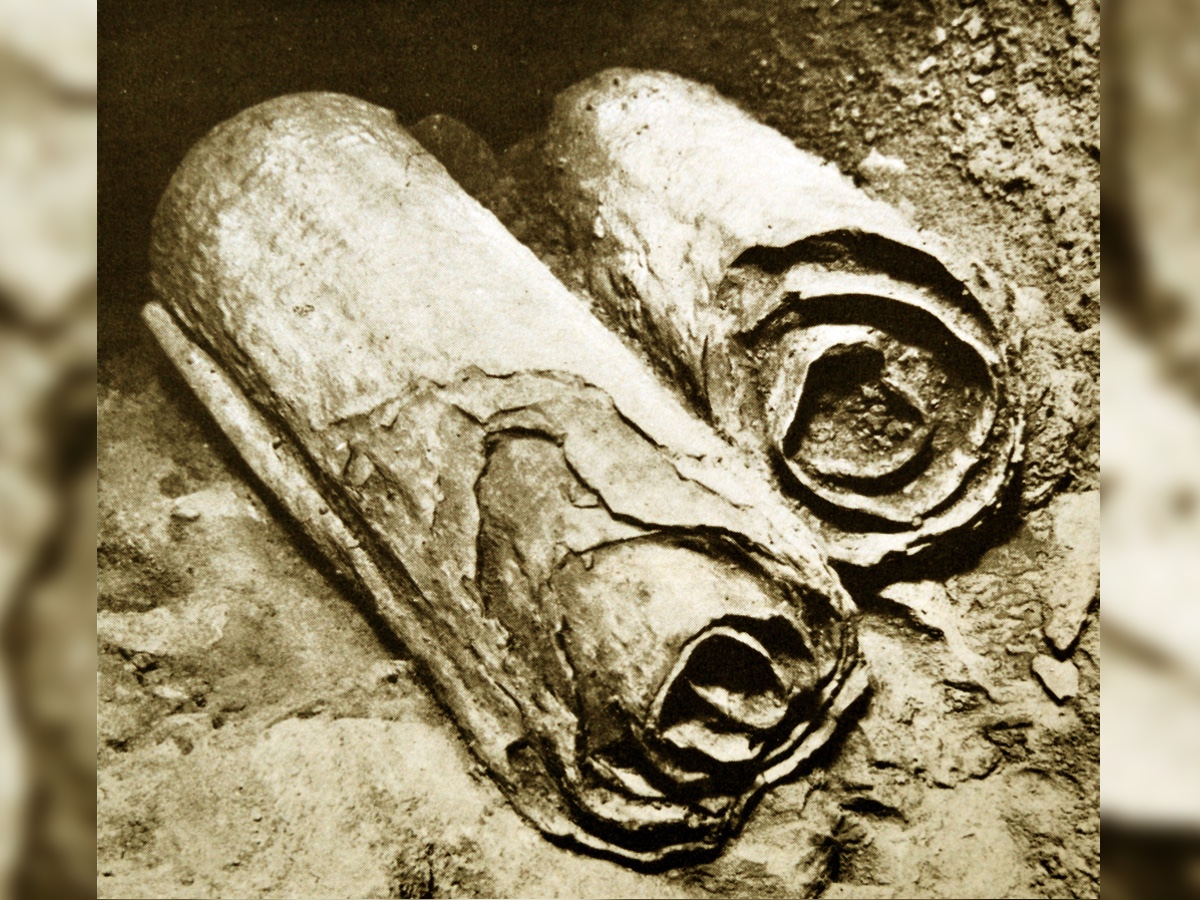
With signs of human settlement dating back at least 10,000 years, the Holy Land is a fertile ground for archaeologists. Hardly a month seems to go by without constructions workers building a new road or housing development stumbling upon some evocative evidence of a past civilization.
The past year was no exception. In 2018, archaeologists found the face of Jesus, discovered the visage of an ancient king, and might have uncovered a long-lost kingdom. These are the stories of some of this year’s most intriguing Biblical-era discoveries.
First Jesus in Israel
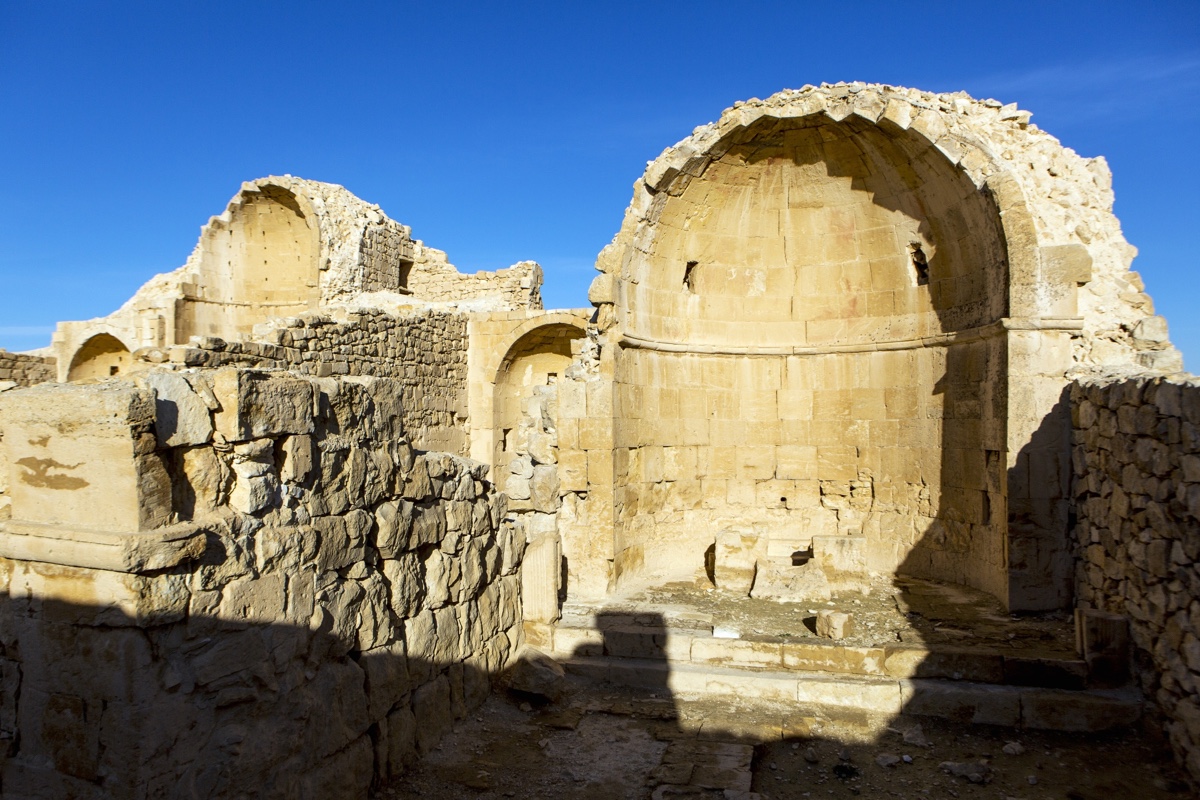
One of the most stunning biblical reveals of 2018 happened because Emma Maayan-Fanar needed a break. The University of Haifa art historian was seeking out shade in the ruins of a church in the ancient city of Shivta in Israel's Negev desert. Peering upward at the ceiling, she saw faint eyes looking back at her. They turned out to belong to what may be the oldest-known depiction of Jesus Christ in the Holy Land.
The painting dates back around 1,500 years and is very faint. It captures most of what appears to be Jesus' face and depicts him with curly hair. This was a common hairstyle for Jesus iconography in the early Byzantine Empire, which began in A.D. 330, Maayan-Fanar said.
Biblical spies

A 1,600-year-old mosaic depicts two men, one in red and one in blue, balancing a cluster of grapes on a pole between them. This painstaking piece of art was found in northern Israel in the ancient Jewish village of Huqoq. Archaeologists who announced the find in July said that it depicts a scene from the Book of Numbers, the fourth book of the Hebrew Bible. In Numbers 13:17-13:23, two spies sent to the land of Canaan by Moses cut a branch of grapes to carry home. "Two of them carried it on a pole between them, along with some pomegranates and figs," according to the New International Version translation of Numbers 13.23.
Naming Jerusalem
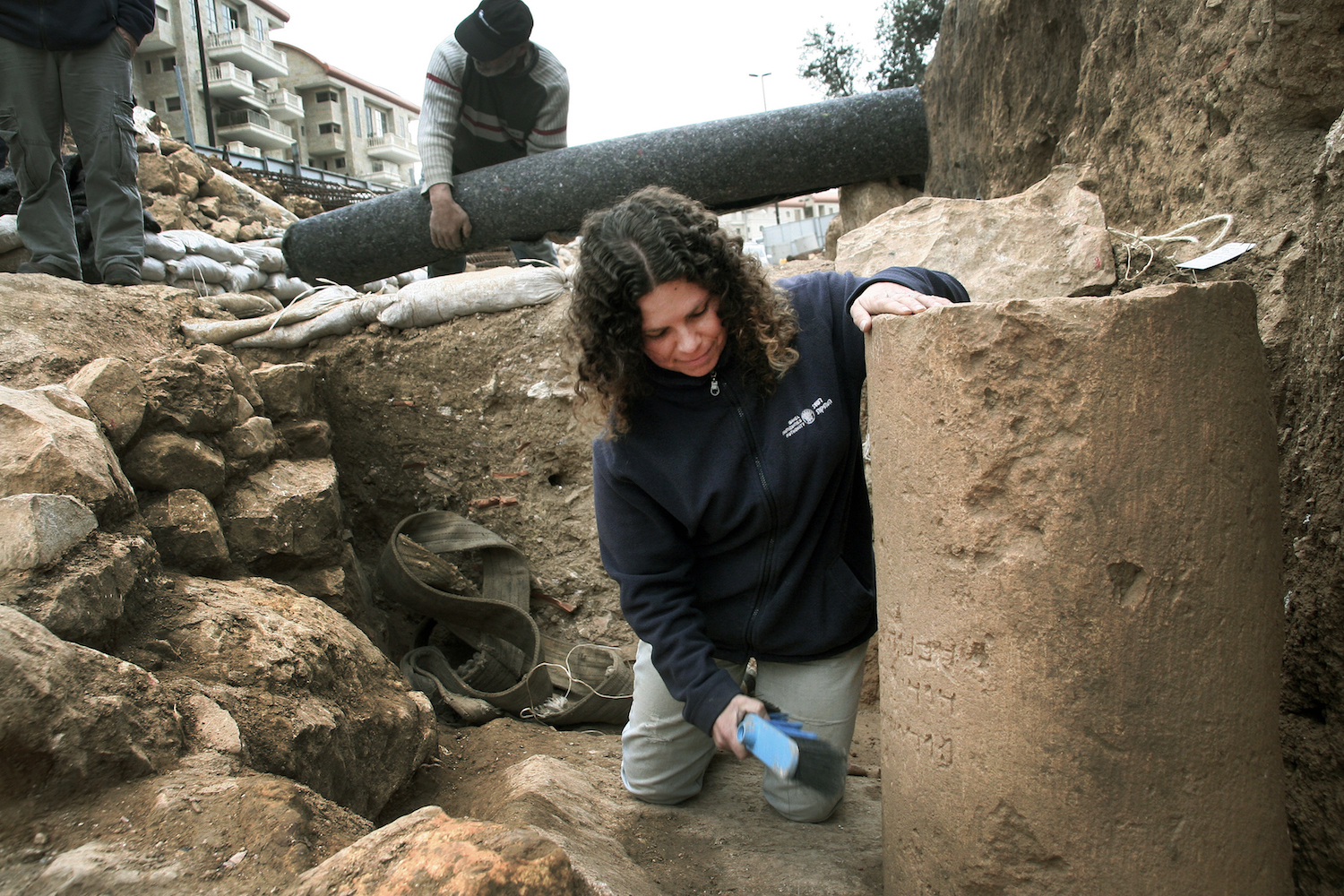
Jerusalem is a city of many names in ancient texts, and even in modern times – it's known now as Jerusalem in most of the English-speaking world, Yerushalayim in Hebrew and Al-Quds in Arabic. In October, archaeologists reported that they'd found the very first instance ever of the word "Jerusalem" spelled out in full, rather than other variants.
The inscription was found on a column in an ancient pottery workshop dating back around 2,000 years. The workshop is near the city's modern-day International Convention Center.
Get the world’s most fascinating discoveries delivered straight to your inbox.
An ancient king?
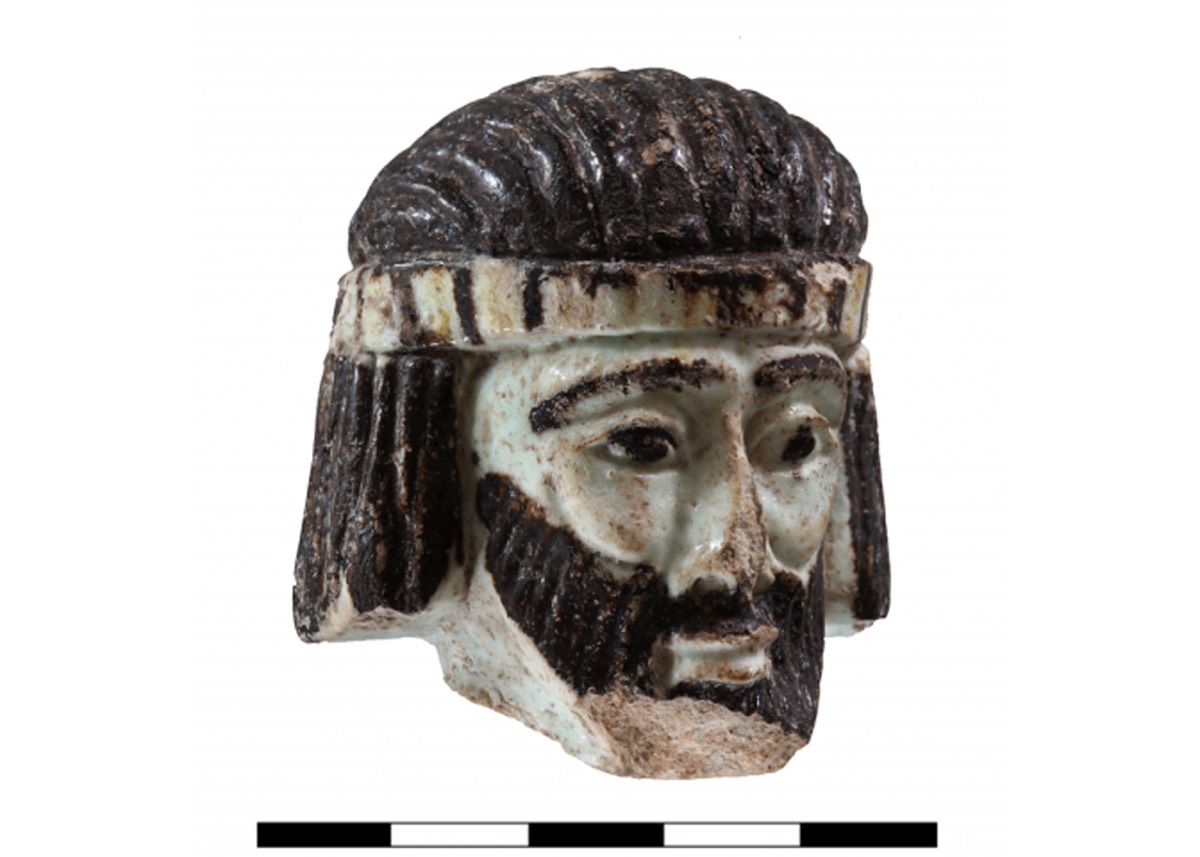
The man's face looks pensive, perhaps even a bit sad. He wears a beard and a long hairstyle corralled in place by a light-colored crown or headband. His hair is dark and part of his nose is missing. All told, the face is only about 2 inches (5.1 centimeters) tall.
This is a part of a statuette discovered in the ancient city of Abel Beth Maacah, Israel. Archaeologists believe it dates back some 2,800 years. There's no way to know who the delicate carving represents, but it might be a biblical king — perhaps King Ahab of Israel, King Hazael of Aram-Damascus or King Ethbaal of Tyre, they reported in June.
Ships in the desert?

We may never know why some long-ago artist carved 13 ships on the walls of a cistern in southern Israel during the biblical era, some 2,000 years ago. But scientists who reported discovering the carvings in November said that whoever made them seemed to know something about the proportions and equipment of ships of the era.
The ships, accompanied by a carving of a sailor and several animal-like figures called zoomorphs, were found inside a 40-foot-deep (12 meters) cistern in the city of Be'er Sheva, where archaeologists were surveying before the construction of new homes. The plaster-walled cistern will now be incorporated into a park in the new neighborhood, officials said.
World's oldest beer?

Granted, this discovery predates the records set down in the Bible by a good 9,000 years. But the Holy Land, it turns out, may also be ground zero for modern microbrews.
In September, archaeologists discovered traces of barley and wheat mash in Raqefet Cave near Haifa, Israel. The people who left it there were likely Natufians, a Stone Age culture that was one of the first to make the transition from hunter-gatherer to settled agriculture. Microscopic analysis suggested that the grains had been mashed, heated and fermented — making them, perhaps, the oldest example of man-made alcohol ever.
Secret Message on Dead Sea Scrolls

The Dead Sea Scrolls have long been a source of mystery and wonder. These ancient Jewish manuscripts from the West Bank date from the last few centuries B.C. up to the first century A.D. This year, Israeli scientists conducted an infrared analysis of some tiny fragments of the scrolls and found that they contain wording from the Hebrew Bible as well as from the Book of Jubilees, a text from the same period.
The fragments contain a variety of wording. One, from a copy of the so-called Temple Scroll, gives instructions on conducting religious services. Another contains part of Psalm 147:1, which begins "Praise the Lord." Yet another is written in a pre-Hebrew script known as Paleo-Hebrew.
New caves

The Dead Sea Scrolls were found in the Qumran Caves, first by Bedouin passersby in the 1940s. This year, scientists announced that they'd found two previously unknown Qumran Caves – and that they hoped to find more Dead Sea Scrolls inside.
The first 900 manuscripts of the Dead Sea Scrolls were found in 12 nearby caves. The most recent discovery was a blank scroll found in the 12th cave, which was only discovered in 2017. That cave also held jars, ropes and string, indicating that it once held more manuscripts that had been lost to looters. The two new caves had also been looted, but archaeologists discovered pottery, textile fabrics, rope and an oil lamp in one of them. The other held a piece of a jar commonly used to store scrolls. Excavations are still underway.
Gruesome death
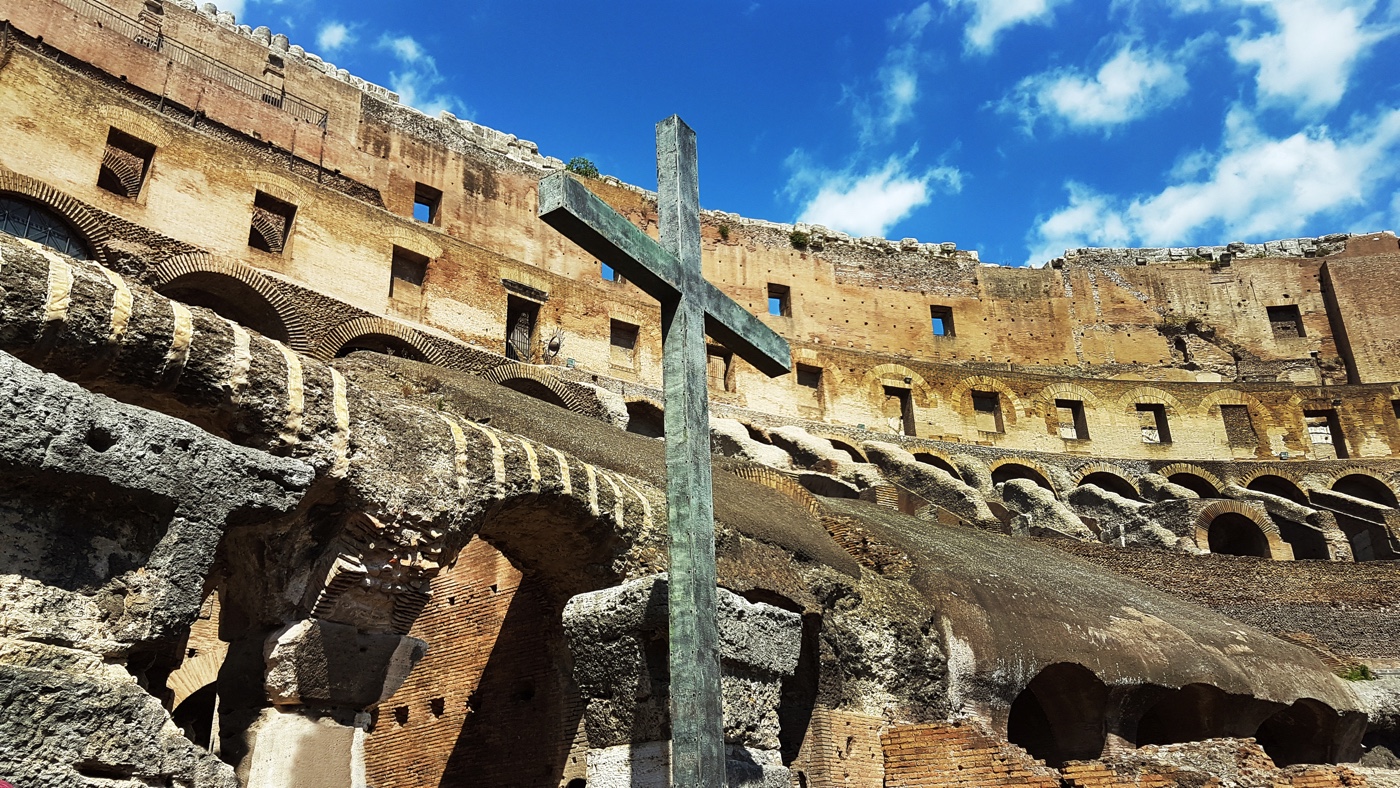
According to the Bible, Jesus was executed by the Romans by being nailed to a wooden cross, a grisly practice called crucifixion. In June, archaeologists reported that they'd found a 2,000 year-old example of this method of execution. The skeleton of a man discovered near Venice showed fractures and lesions on the heel bone, made around the time of death, that could indicate that he was crucified.
According to the researchers, it was only the second archaeological evidence of crucifixion ever found. The other came from a 1968 discovery of a Roman-era man's skeleton with a nail driven through the heel. However, historical records indicate that Romans used crucifixion for 1,000 years, until the fourth century A.D.
King David's lost kingdom
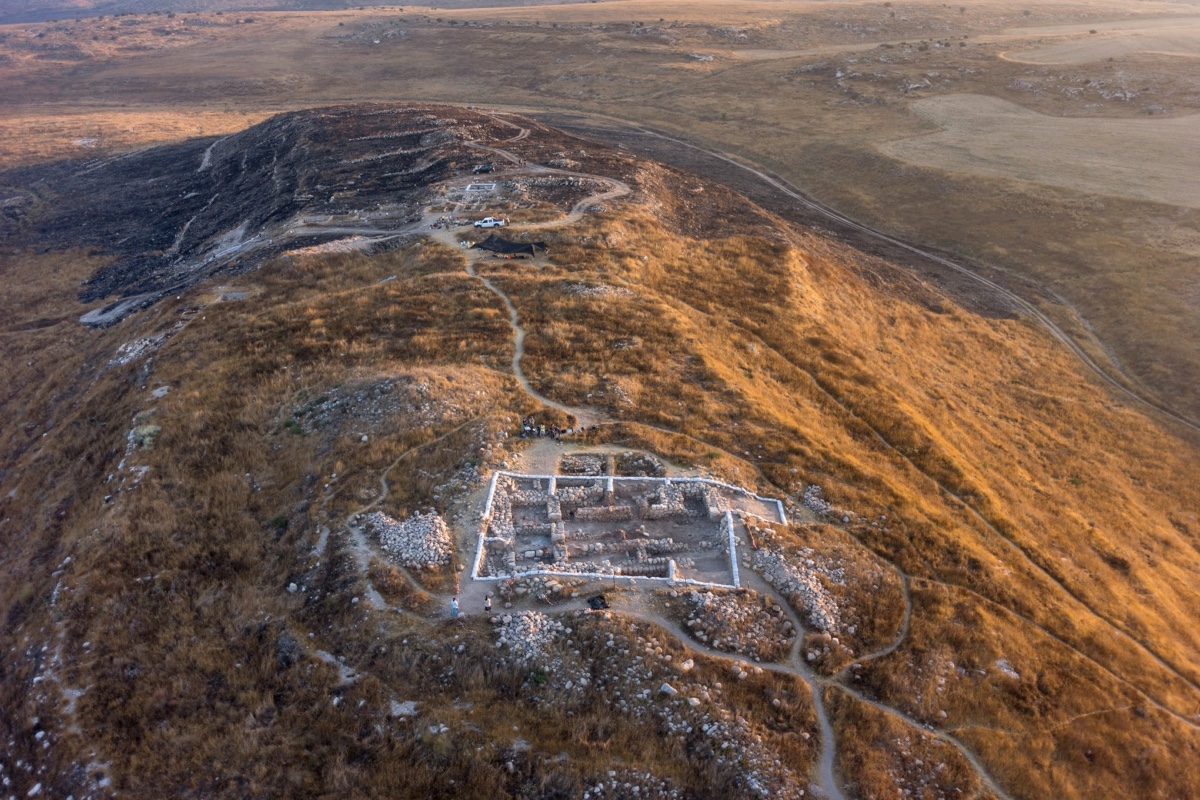
The Hebrew Bible tells the tale of a kingdom led by King David and his wise son Solomon. In May, researchers announced that they may have found the first archaeological evidence for such a kingdom.
Called the United Monarchy, the kingdom predated the two Jewish kingdoms of Judah and Israel. There are few records, besides biblical tales, to prove the United Monarchy really existed. But Israeli archaeologists reported this year that they'd discovered a 3,000-year-old house at the site of Tel Eton, Israel, that might have been a part of the United Monarchy. The giant house (2,500 square feet, or 230 square meters on the ground floor) was one of the top 1 percent in size for its era.

Stephanie Pappas is a contributing writer for Live Science, covering topics ranging from geoscience to archaeology to the human brain and behavior. She was previously a senior writer for Live Science but is now a freelancer based in Denver, Colorado, and regularly contributes to Scientific American and The Monitor, the monthly magazine of the American Psychological Association. Stephanie received a bachelor's degree in psychology from the University of South Carolina and a graduate certificate in science communication from the University of California, Santa Cruz.


